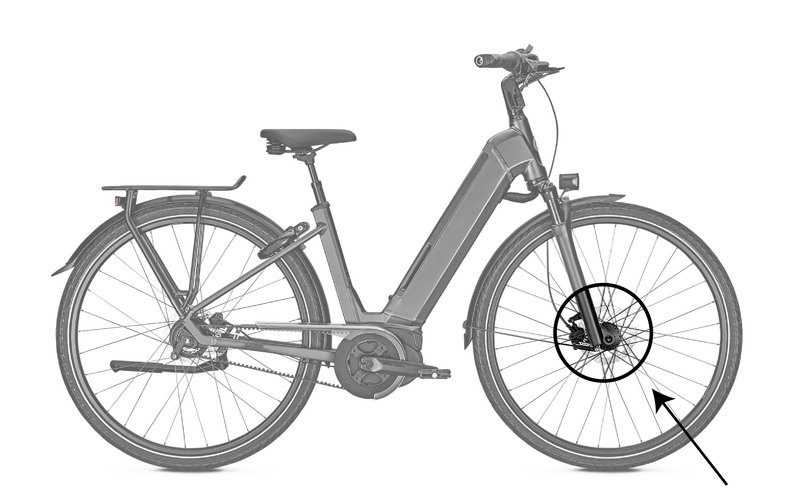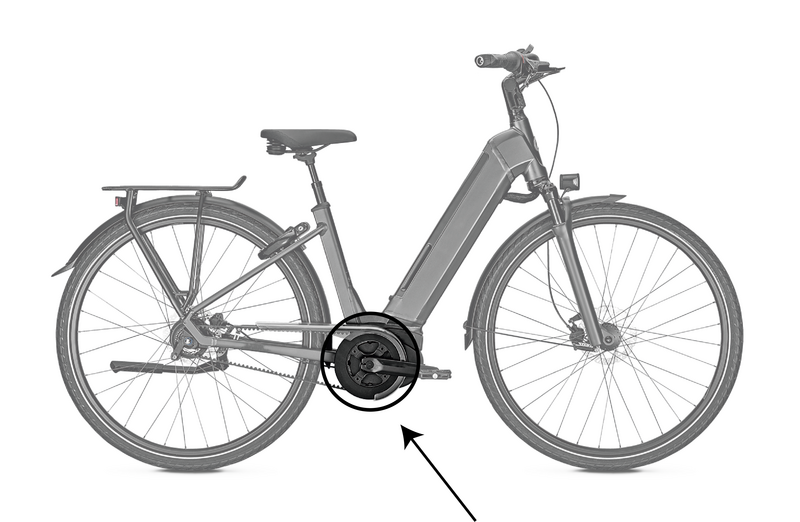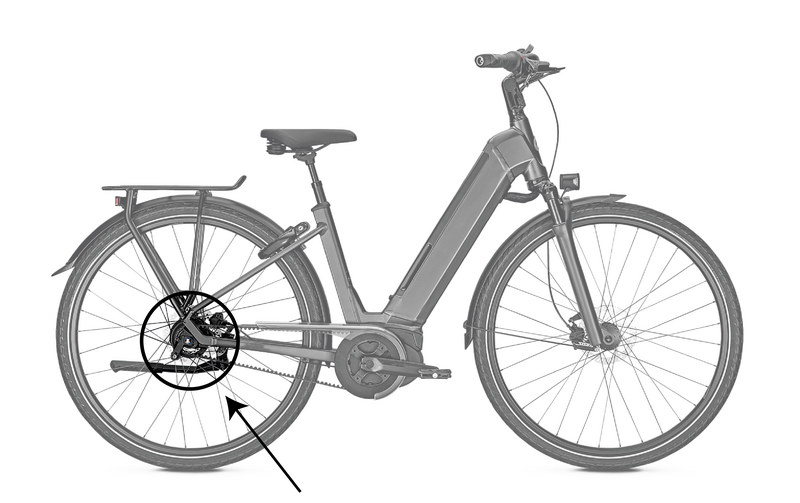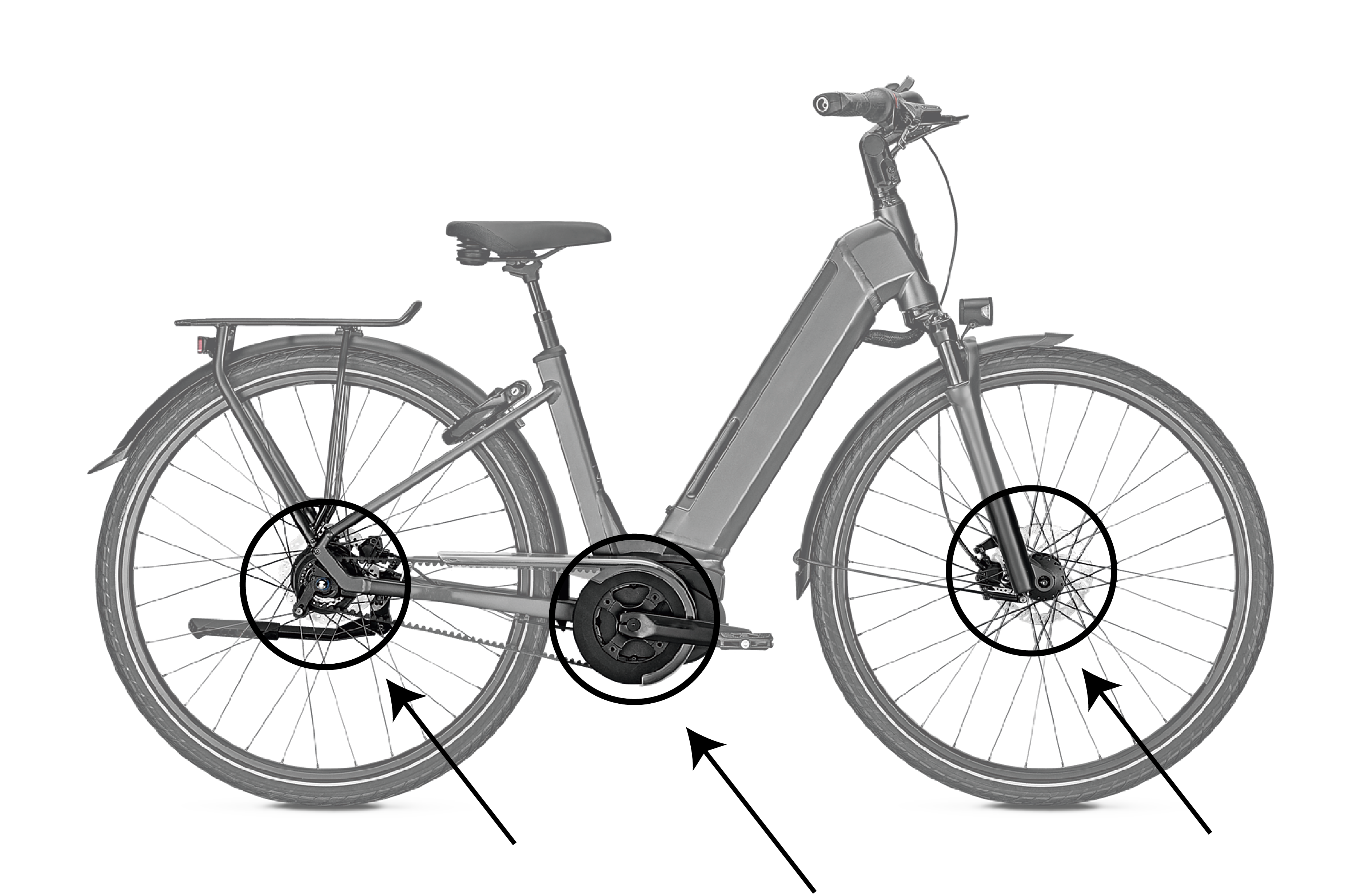Need Support?
Please provide your question. We’ll find you with the best support options.
When discussing the various components of an electric bicycle, bearings are one of the important elements. Bearings play a critical role in electric bicycles, supporting and reducing friction between parts, ensuring smooth operation of the bicycle. In this article, I will provide a detailed introduction to several common types of electric bicycle bearings, including headset bearings, bottom bracket bearings, axle bearings, derailleur pulley bearings, motor bearings, frame bearings, and pedal bearings, explaining their functions and importance.
Headset bearings, a crucial component for bicycles, are situated between the fork and the frame. They facilitate the rotation of the fork and front wheel, allowing riders to steer the bicycle seamlessly. These bearings ensure not only smooth rotation but also enhance the handling performance of the headset for bicycles.
Frame bearings are located at critical junction points of the bicycle frame. Their role is to support different parts of the frame, allowing for smooth rotation and withstanding forces and pressures generated from ground vibrations and riding. The proper selection and installation of frame bearings are essential to ensure frame stability, durability, and handling performance.
Pedal bearings are critical components that connect the pedals to the crank arms. They bear the force applied during pedaling and enable smooth rotation of the pedals. The purpose of pedal bearings is to reduce friction and provide smooth rotation and efficient pedaling performance.
The hub bearing, also known as the front wheel bearing, is a component that connects the front wheel to the bicycle frame. It supports and enables the front wheel to rotate smoothly during steering. The hub bearing can withstand lateral and longitudinal forces, ensuring stable handling performance for the rider while cornering.
The bottom bracket is one of the key drivetrain components in a bicycle, located between the crankset, freewheel, and pedals. Its function is to transmit the power generated by the rider's pedaling to the rear wheel and rotate it through the chain. The bottom bracket typically uses sealed cartridge bearings to reduce friction and energy loss, thus enhancing riding efficiency.
The motor of an electric bicycle is one of the core components that promote the movement of the bicycle, and the motor is usually located in the center of the frame or wheel, and uses electricity to provide power and driving force.
Here are three common motor positions:

The front-installed motor bearing is positioned at the center of the front wheel in an electric bicycle. It is typically directly connected to the front wheel, providing the driving force for the front-wheel propulsion. The front-installed motor bearing can offer excellent traction, especially on wet or uneven surfaces, enhancing the grip of the front wheel. However, due to its presence, the rotational inertia of the front wheel may be altered, potentially affecting the handling performance and balance of the electric bicycle.

The mid-installed motor bearing is positioned at the central location of an electric bicycle, typically near the bottom bracket of the frame. It is connected to the bicycle's drivetrain and provides power through the pedal crank. The setup of the mid-installed motor bearing ensures a more balanced power delivery, allowing for efficient utilization of the rider's pedaling force, resulting in higher performance and better balance, making the ride more natural and smooth.

The rear-installed motor bearing is positioned at the center of the rear wheel in an electric bicycle. It is directly connected to the rear wheel, providing the rear-wheel propulsion. A rear-mounted motor can offer excellent traction and stability, especially when climbing slopes or requiring higher torque. This configuration also provides good balance and handling performance as it maintains the traditional rear-wheel drive design of bicycles.

The derailleur bearings are located inside the bicycle derailleur and serve to support the derailleur components so that they can operate smoothly and achieve smooth shifts. Derailleur bearings need to have high wear resistance and high load carrying capacity to cope with the demands of frequent shifts from cyclists.
These bearings play an important role in electric bicycles, ensuring the smooth operation of various systems and components while providing good control performance and riding experience. Regular inspection and maintenance of these bearings is the key to ensuring their normal operation and extending their life. Depending on the frequency and conditions of use of the e-bike, it is recommended to clean, lubricate and replace these bearings regularly to ensure their performance and reliability.
 Further Reading:
Further Reading:
Bicycle Bearings: A Comprehensive Exploration of Key Bearing Components in Bicycles
Common Materials Used in Bicycle Bearings
Please provide your question. We’ll find you with the best support options.